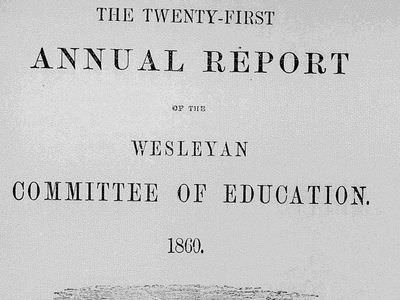British Poor Schools in the Nineteenth Century, 1812-1901
It has been represented unto [George the Third], that the means of Education for the poorer classes of our people are far from having increased in proportion with the population of these our Dominions
Key Documents
Related Collections
Collection
The Church of England and Social Change in Manchester, 1635-1928
Collection
The Industrial Revolution: Technological Innovation in the Textile Industry, 1672-1929
Collection
Essays and Dissertations of the Scottish Royal Medical Society, 1751-1970
Collection
Liverpool Through Time: From Slavery to the Industrial Revolution, 1766-1900
(Video)
(Exhibit)
Insights
Introductions to the reports describe the progress of each society over the past year. As charities that were funded by subscriptions, the societies made the case for their work at the beginning of each report.
The reports include lists of subscribers, including titles such as 'Rev', 'MP' and 'Countess'. These lists also include the amounts donated.
Scotland was more of a focus for the Catholic poor school society than for the other societies. Scotland was also represented on their committee.
The statistics on how many pupils attended each school enable the reader to see how the schools' attendance changed during the industrial revolution.
No downloads are currently available.
Filters
Document

National Society schools, 1820-1824
Document

National Society schools, 1815-1819
Document

National Society schools, 1812-1814
Document

Annual reports on Wesleyan education, 1900-1901
Document

Annual reports on Wesleyan education, 1895-1899
Document

Annual reports on Wesleyan education, 1890-1894
Document

Annual reports on Wesleyan education, 1885-1889
Document

Annual reports on Wesleyan education, 1880-1884